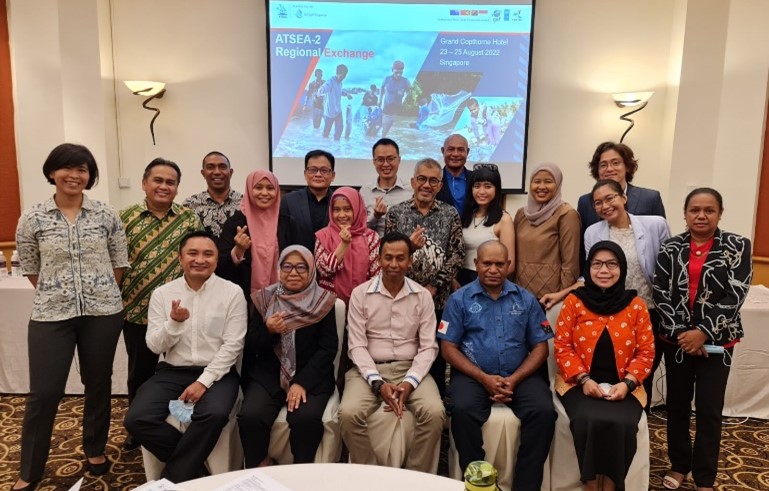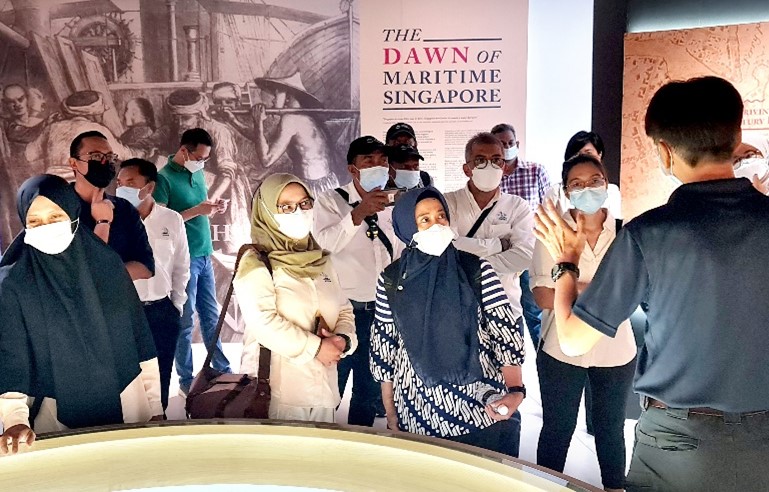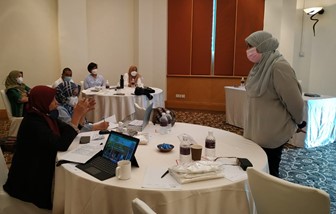In 2021, ATSEA-2 completed a regional assessment of marine and land-based pollution hotspots in the Arafura and Timor Seas (ATS) region. The study showed that, while the ATS region is highly productive and rich in resources, it is also under threat from oil spills due to expansive oil and gas exploitation, especially in the Timor Sea. Significant gaps and disparities were found in countries’ level of preparedness and response capacity; Australia being the most progressive compared to the other three countries (Indonesia, Papua New Guinea and Timor-Leste). The study recommends ATS countries work closely with regional organisations, such as Oil Spill Response Limited (OSRL), to build national capacity for oil spill preparedness and response (OSPR).
Founded by major oil and energy companies, OSRL is a privately funded corporation with expertise in building capacity for OSPR. In practice, this means providing training and technical support at the regional, national and local levels through drills and exercises. Together with OSRL, ATSEA-2 facilitated a regional exchange event related OSPR, held at the Grand Copthorne Hotel in Singapore from 23 to 25 August 2022. Attended by 10 country delegates from Indonesia, Papua New Guinea (PNG) and Timor-Leste, along with four ATSEA-2 project team members, the event aimed to provide participants with a better awareness of the OSPR planning process, including mechanisms for regional cooperation. The event also served as an avenue for country representatives to network and build connections with like-minded authorities who share the same interests in OSPR in the ATS region.
Over the first 1.5 days a workshop was held, during which the delegates learned about various topics, including existing regional cooperation, national capacity building, government and industry integration, Oil Spill Risk Assessment (OSRA), the environmental and socioeconomic impacts of oil spills, oiled wildlife response and an overview of oil spill response options to Net Environmental Benefit Analysis (NEBA)/Spill Impact Mitigation Assessment (SIMA). The sessions were delivered by eight expert speakers from OSRL and Global Initiative for Southeast Asia (GISEA).
On the morning of the second day, participants had a chance to visit the OSRL Base in Loyang. Mr. Norman Lorica Ramos from OSRL guided the tour, during which he introduced visitors to some of the equipment owned by OSRL; technology that is ready to be deployed in the event of oil spills. After that, delegates observed an example of jetty boom deployment by the OSRL team. Later in the evening, a networking dinner was hosted, to foster connections between participants and the OSRL team.
On the final day, the team paid a visit to the Singapore Maritime Gallery. The gallery tells the story of Singapore’s transformation from a thriving trading post into a global hub port and leading international maritime centre. The visit was followed by lunch at Gardens by the Bay, before participants returned to their respective countries.
The delegates expressed their gratitude to ATSEA-2 and OSRL for facilitating the regional exchange event. They found the new knowledge and networking opportunities they gained from the event to be useful for their future work and said they were looking forward to building regional collaboration to better prepare for and respond to oil spills in the ATS region.
The event provided the first opportunity for three ATS countries to gather directly and discuss possible regional collaborations on OSPR. There are still many milestones to be reached on the road ahead, such as institutionalisation of national authorities and regulations, adoption of national contingency plans, the development of a joint OSRA, and regional modelling and sensitivity mapping. However, with this meeting, the first essential step has been taken.
(By Casandra Tania)






